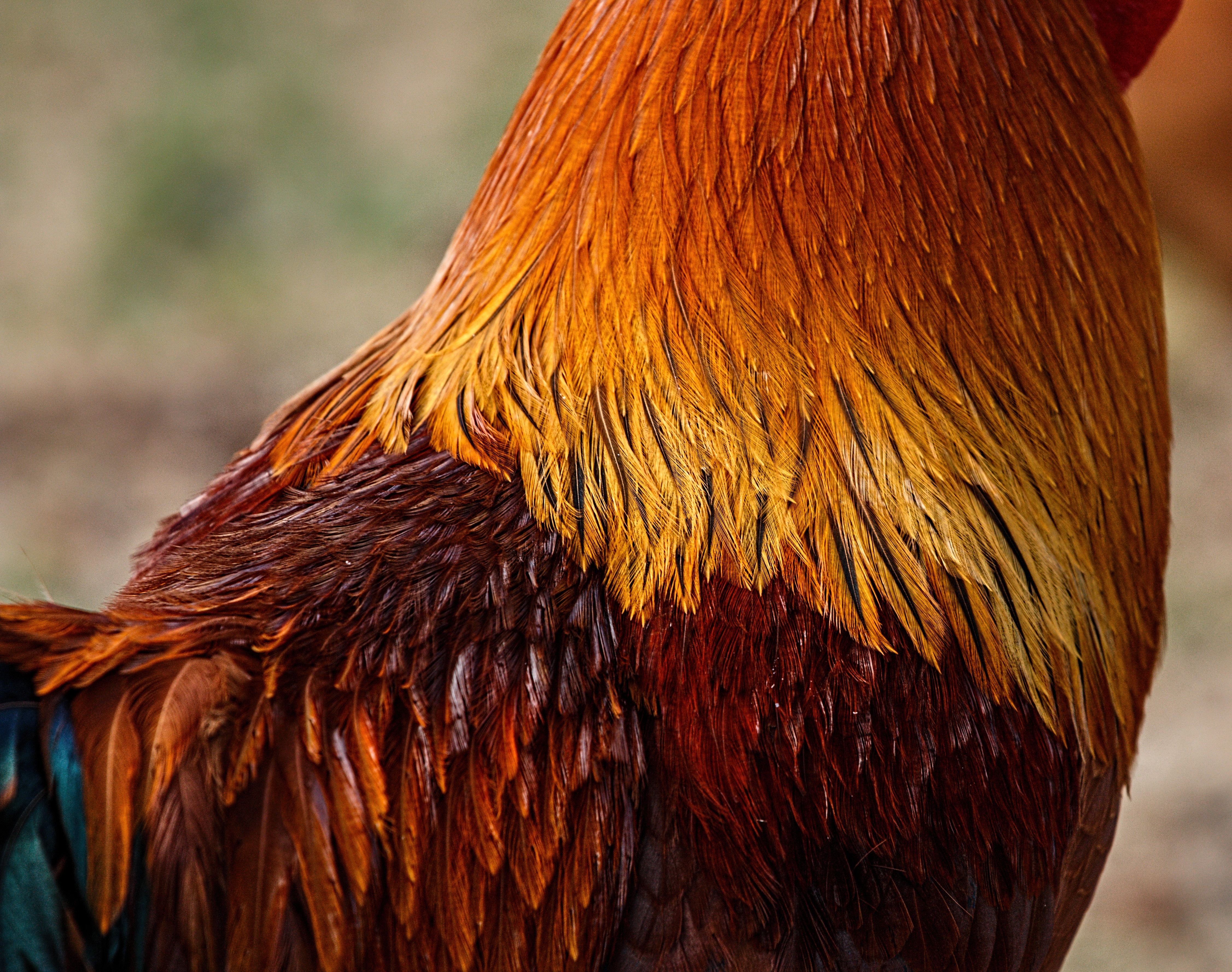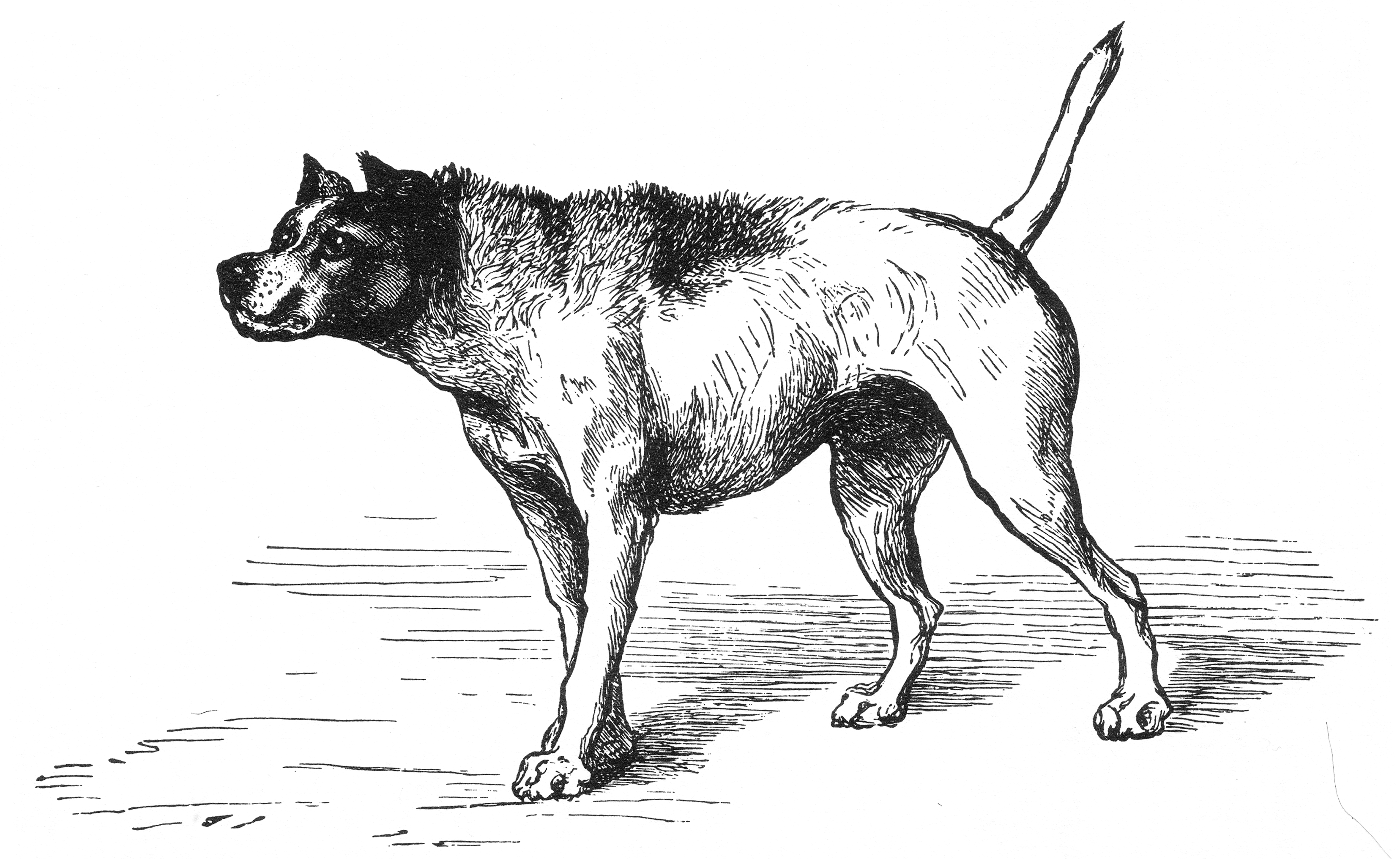hackles on:
[Wikipedia]
[Google]
[Amazon]
 Hackles are the erectile
Hackles are the erectile  In mammals, the hackles are the hairs of the neck and back which become erect when the animal is fearful, as part of the
In mammals, the hackles are the hairs of the neck and back which become erect when the animal is fearful, as part of the
 Hackles are the erectile
Hackles are the erectile plumage
Plumage ( "feather") is a layer of feathers that covers a bird and the pattern, colour, and arrangement of those feathers. The pattern and colours of plumage differ between species and subspecies and may vary with age classes. Within species, ...
or hair in the neck area of some birds and mammals.
In birds, the hackle is the group of feathers found along the back and side of the neck. The hackles of some types of chicken
The chicken (''Gallus gallus domesticus'') is a domestication, domesticated junglefowl species, with attributes of wild species such as the grey junglefowl, grey and the Ceylon junglefowl that are originally from Southeastern Asia. Rooster ...
, particularly rooster
The chicken (''Gallus gallus domesticus'') is a domesticated junglefowl species, with attributes of wild species such as the grey and the Ceylon junglefowl that are originally from Southeastern Asia. Rooster or cock is a term for an adu ...
s, are long, fine, and often brightly coloured. These hackles may be used in fly fishing
Fly fishing is an angling method that uses a light-weight lure—called an artificial fly—to catch fish. The fly is cast using a fly rod, reel, and specialized weighted line. The light weight requires casting techniques significantly diff ...
as lures.
 In mammals, the hackles are the hairs of the neck and back which become erect when the animal is fearful, as part of the
In mammals, the hackles are the hairs of the neck and back which become erect when the animal is fearful, as part of the fight-or-flight response
The fight-or-flight or the fight-flight-or-freeze response (also called hyperarousal or the acute stress response) is a physiological reaction that occurs in response to a perceived harmful event, attack, or threat to survival. It was first desc ...
, or to show dominance over subordinate animals. Raising the hackles causes the animal to appear larger, and acts as a visual warning to other animals. Raised hackles are used by grey wolves
The wolf (''Canis lupus''; : wolves), also known as the gray wolf or grey wolf, is a large canine native to Eurasia and North America. More than thirty subspecies of ''Canis lupus'' have been recognized, and gray wolves, as popularly u ...
as a dominance behavior, by moose preparing to attack, and by cats and striped hyena which are fearful or threatened. The process by which the hair is raised is called piloerection
Goose bumps, goosebumps or goose-pimples are the bumps on a person's skin at the base of body hairs which may involuntarily develop when a person is tickled, cold or experiencing strong emotions such as fear, euphoria or sexual arousal.
The f ...
. The contraction of the arrector pili muscle
The arrector pili muscles, also known as hair erector muscles, are small muscles attached to hair follicles in mammals. Contraction of these muscles causes the hairs to stand on end, known colloquially as goose bumps (piloerection).
Structure ...
associated with each hair follicle
The hair follicle is an organ found in mammalian skin. It resides in the dermal layer of the skin and is made up of 20 different cell types, each with distinct functions. The hair follicle regulates hair growth via a complex interaction betwe ...
causes the hair to become erect.
See also
*References
External links
* {{Wiktionary inline, hackle Animal hair Feathers